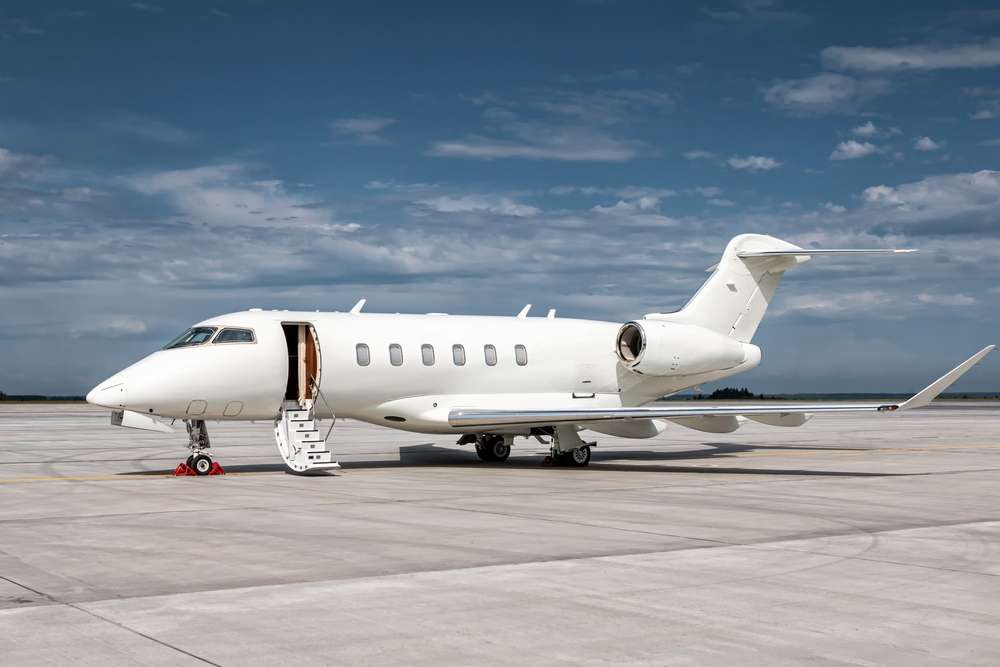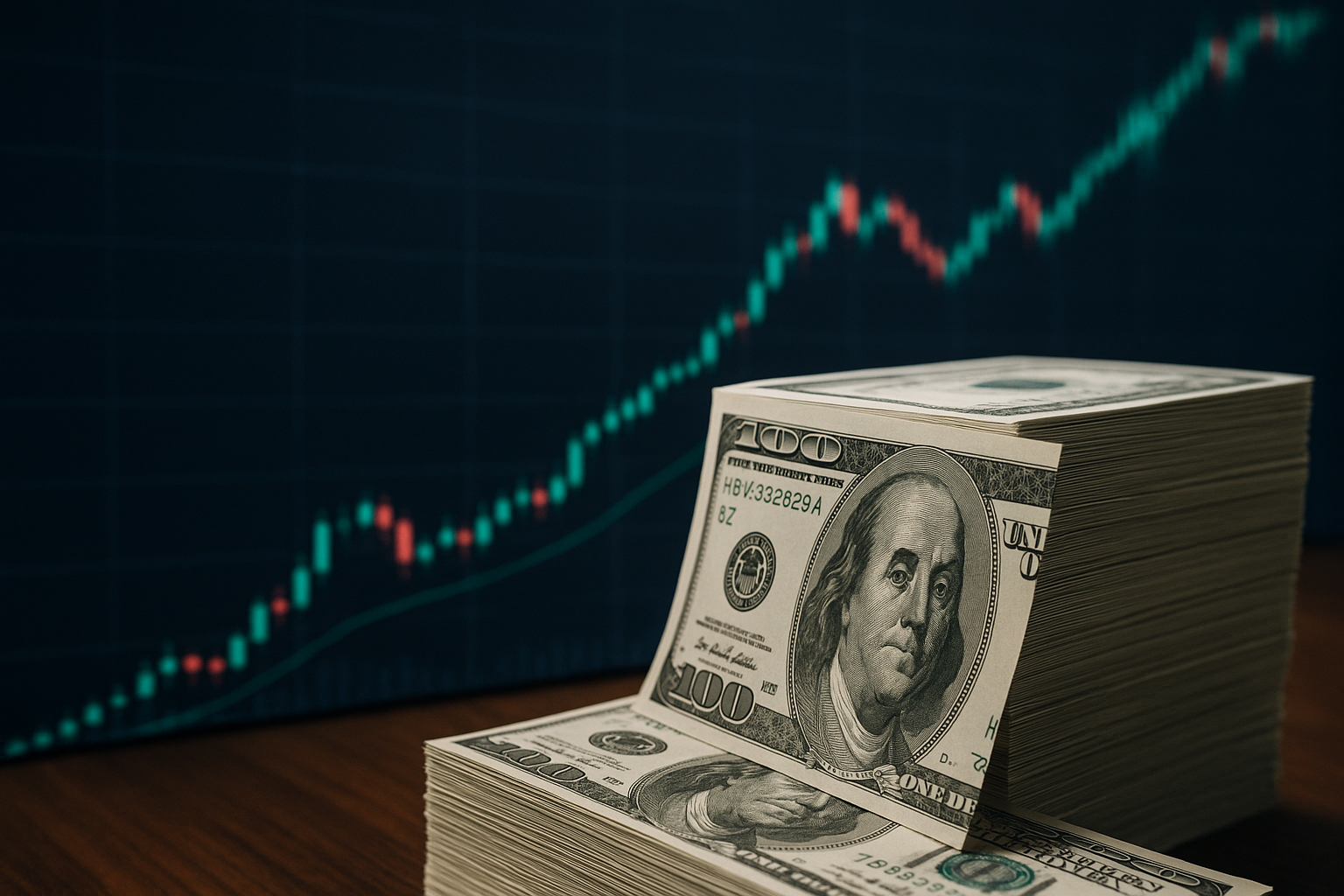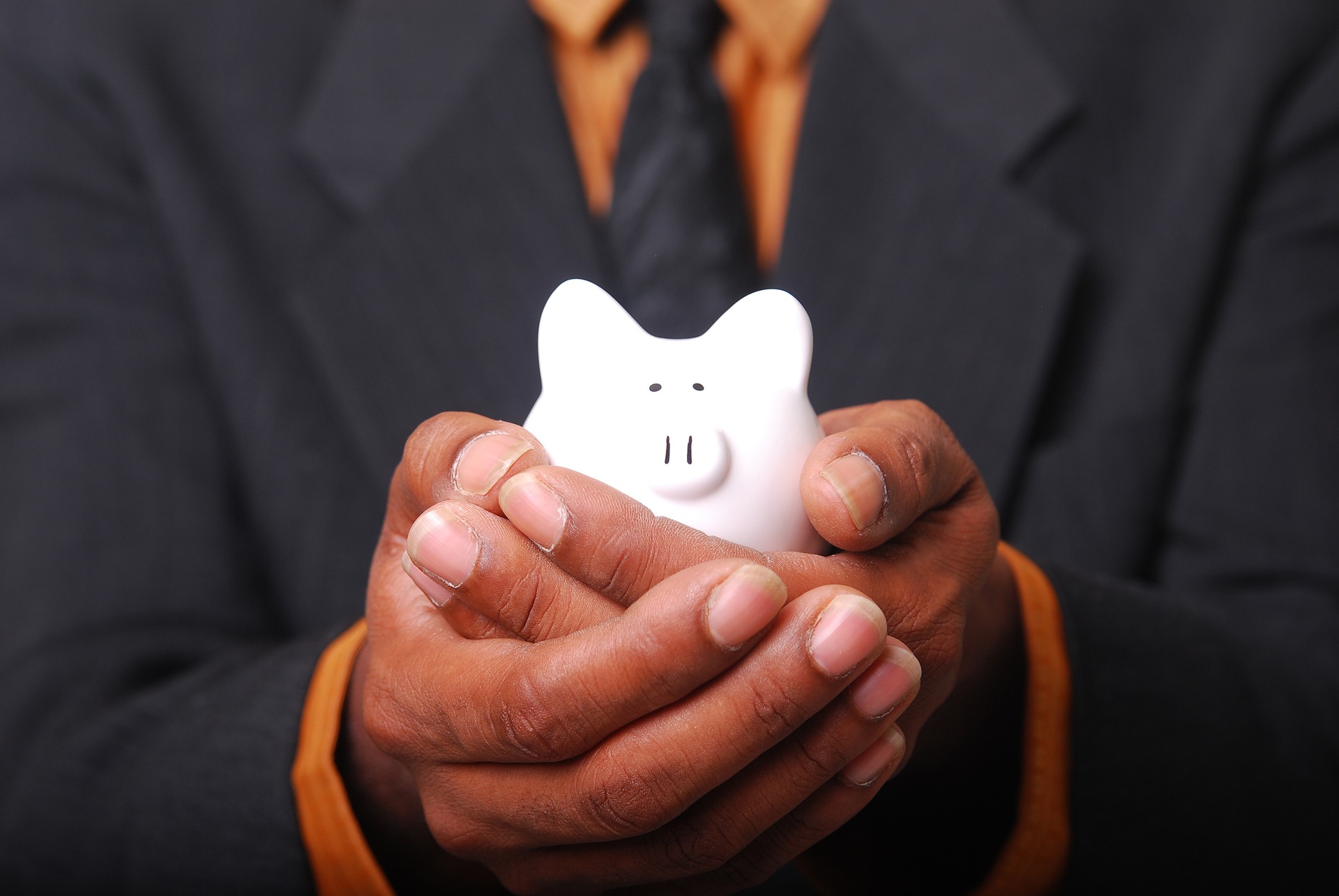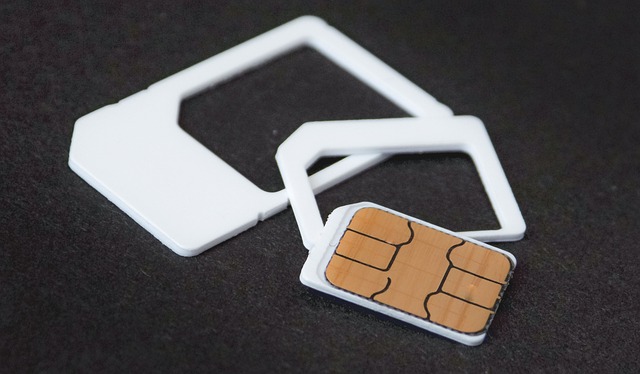What’s Driving the Cost Of Private Jets In 2025?
The private aviation industry continues to evolve rapidly, with costs fluctuating due to various market forces. For potential aircraft owners and charter clients alike, understanding what drives private jet costs in 2025 is essential for making informed decisions. The landscape has changed significantly in recent years, with technological advancements, regulatory changes, and shifting consumer preferences all playing critical roles in determining how much it costs to fly private.

Key Factors Influencing Private Jet Costs in 2025
The cost of acquiring, operating, and maintaining a private jet is influenced by multiple factors in 2025. Aircraft size and model remain primary determinants, with light jets typically starting around $3-7 million while ultra-long-range options can exceed $70 million. However, beyond the purchase price, several market dynamics are shaping costs this year. Fuel prices continue to fluctuate based on global oil markets and sustainability initiatives. Meanwhile, technological advancements in aviation—particularly those focused on efficiency and reduced emissions—are creating both opportunities for long-term savings and short-term cost increases as manufacturers pass development expenses to buyers.
How Supply Chain Issues Impact Private Jet Pricing
Supply chain disruptions that began during the global pandemic continue to reverberate throughout the aviation industry in 2025. Aircraft manufacturers face extended waiting periods for critical components, from specialized avionics to custom interior elements. These delays have created a seller’s market for pre-owned aircraft, pushing prices upward across both new and used inventory. Additionally, the global shortage of qualified aviation maintenance technicians has increased service costs and extended maintenance timeframes. For operators, these supply chain challenges translate to higher acquisition costs, increased maintenance expenses, and potential revenue losses from extended downtime.
The Growing Influence of Sustainable Aviation on Costs
Sustainability has evolved from a peripheral concern to a central cost factor in private aviation. The implementation of carbon offset programs, sustainable aviation fuel (SAF) initiatives, and emerging electric and hybrid propulsion systems all impact the financial equation of private jet ownership and operation. While SAF currently commands a premium of approximately 3-5 times the cost of traditional jet fuel, many operators are incorporating it into their operations due to regulatory pressures and client demand. Furthermore, aircraft with higher efficiency ratings and lower emissions are commanding premium prices on both purchase and charter markets as environmental considerations become increasingly important to high-net-worth individuals and corporate clients.
Operational Expenses Reshaping Private Jet Economics
Beyond acquisition costs, the day-to-day operational expenses of private jets have undergone significant changes in 2025. Crew salaries have increased substantially due to the ongoing pilot shortage, with experienced captain compensation packages rising by approximately 15-20% compared to pre-pandemic levels. Insurance premiums continue their upward trajectory, influenced by increasing aircraft values and global risk assessments. Additionally, landing fees and airport access charges have risen in many key destinations as facilities invest in infrastructure improvements and implement environmental surcharges. For jet owners, these escalating operational costs represent a substantial portion of the total expense of aircraft ownership.
Technology Advancements and Their Cost Implications
Technological innovation in private aviation offers both cost-saving opportunities and new expenses. Advanced avionics systems now provide enhanced safety features, improved navigation capabilities, and better fuel management—all contributing to operational efficiency. However, these sophisticated systems require substantial investments in both installation and crew training. Connectivity demands have also evolved dramatically, with passengers expecting seamless high-speed internet and comprehensive entertainment options. The cost to equip an aircraft with state-of-the-art connectivity can easily exceed $500,000, with ongoing service subscriptions adding significant recurring expenses to the operational budget.
Private Jet Ownership Models and Cost Comparisons
The private aviation market offers multiple access options beyond traditional ownership, each with distinct cost structures. Understanding these models helps potential users identify the most cost-effective solution for their specific needs.
| Ownership Model | Initial Investment | Annual Operating Costs | Cost Per Flight Hour |
|---|---|---|---|
| Full Ownership | $3-70+ million | $700,000-$4 million | $2,000-$10,000 |
| Fractional Ownership | $250,000-$6 million | $150,000-$600,000 | $4,000-$12,000 |
| Jet Card Programs | $100,000-$500,000 | Varies by provider | $5,000-$15,000 |
| Charter Services | $0 | $0 | $5,000-$20,000 |
| Membership Programs | $10,000-$100,000 | $10,000-$50,000 | $3,500-$15,000 |
Prices, rates, or cost estimates mentioned in this article are based on the latest available information but may change over time. Independent research is advised before making financial decisions.
Benefits Of A Private Jet That Justify the Cost
Despite the significant expense, private aviation continues to attract new participants due to its tangible benefits. The time savings alone often justify the cost for high-value executives, with studies showing that private jet users can conduct business in multiple cities in a single day—an impossible feat with commercial travel. The productivity enhancements are substantial, with passengers reporting nearly 100% productivity during flights compared to approximately 40% on commercial airlines. Privacy and security benefits are increasingly valued in an era of heightened personal and corporate security concerns. Furthermore, the ability to access over 5,000 airports in the United States alone (versus approximately 500 served by commercial airlines) provides unparalleled flexibility and time efficiency that directly translates to business advantages and personal time savings.
The cost of private jet access in 2025 reflects a complex interplay of factors ranging from traditional expenses like fuel and maintenance to emerging considerations like sustainability and advanced technology. While private aviation remains a premium service with significant costs, the evolving marketplace offers increasingly diverse access models that can align with different needs and financial parameters. For those who value time efficiency, productivity, privacy, and flexibility, the benefits continue to outweigh the costs, driving sustained demand despite economic fluctuations.




